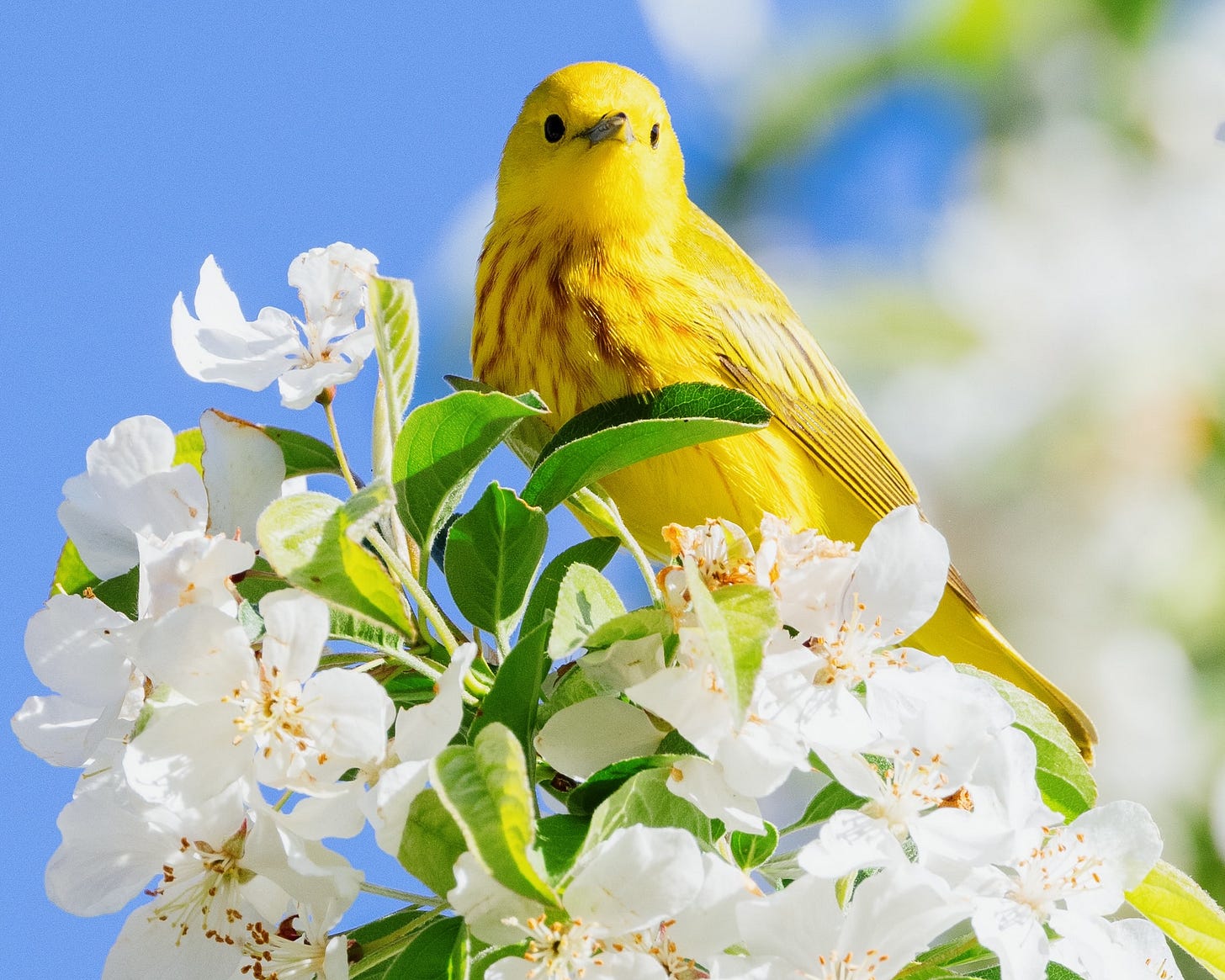Spending time in nature is good for mental health. But many of us—especially the city dwellers—don’t get enough of it. Even when we do, random thoughts, message alerts, and other distractions frequently get in the way of a real connection with the natural life around us. So what can we do about this?
The benefits of nature
In a 2008 study, researchers tested the memory of a group of people, and then sent half of them on a walk through nature and the other half on a walk through the city. Approximately an hour later, everyone returned from their walk and repeated the memory test. The nature walkers performed better in their second test but the city walkers showed no improvement.
Nature does more than simply relax you. It restores and possibly even boosts mental performance and well-being. Survey data from around 20,000 people just a couple of years ago showed that spending at least 2 hours a week in nature is associated with better health and life satisfaction.
We still don’t exactly know why or how nature has a positive impact. One reason may be that nature doesn’t demand the same attentional resources that cities do. When you walk through a park or forest, you don’t need to worry about traffic, crowded streets, huge ads, or loud noises violently grabbing your attention. You can focus naturally on whatever you choose, such as the sound of a stream or the sight of green leaves.
Prolonged city life produces signs of stress in the brain, and nature provides a much-needed restorative break. But are some types of nature better than others? Which elements of nature are most effective for improving mental health?
Look for the birds
Research comparing different types of nature is limited, but one study in 2017 analyzed the effects of individual natural characteristics within neighborhoods. Two important neighborhood characteristics were linked with better mental health: 1) Abundance of visible vegetation, 2) Abundance of birds in the afternoon. More greenery and more birds were associated with lower depression, anxiety, and stress among residents.
It’s only correlational data, but in any case, birds and plants are a convenient place to focus your attention when you’re out for a walk. If you want to connect especially closely with nature, you can try birdwatching. You can listen for bird songs, observe their bright colors, and catch them flitting between trees. Binoculars are helpful if you want to see some of the smaller or more bashful birds.
For those who are interested, there are apps for identifying and keeping track of the bird species you’ve encountered, such as eBird and Merlin. Both are created by the Cornell Lab of Ornithology, a research unit at Cornell University with some excellent citizen-science projects you can support.
In the last couple of years, I’ve seen only 200-300 of the 10,000-20,000 species that exist around the world, so it’s really a lifetime hobby. But you don’t have to make birdwatching a formal activity to enjoy the benefits of nature. You just need to pay attention and switch off your phone for while. Instead of reading the news, checking email, or generally feeling mentally lost during your next nature walk, see whether you can spot any new feathered friends.

The takeaway
Spending time in nature is good for mental well-being and cognitive performance.
Aim for at least a couple of hours in your local park, forest, beach, or other natural space every week.
Try birdwatching as a way of engaging more closely with nature.
A final quote
“The sea has a look of indescribable grandeur, especially when the sun falls on it. One feels as if one is dissolved and merged into Nature. Even more than usual, one feels the insignificance of the individual, and it makes one happy.”
~ Albert Einstein (entry in a travel diary, 1931)
If you enjoyed this, share it with a few friends. If you’re new here, sign up below or visit erman.substack.com
I love to hear from readers. Reach out any time with comments or questions.
Until next time,
Erman Misirlisoy, PhD
Like The Brainlift on Facebook
Follow me on Twitter
Follow me on Instagram
Follow me on Medium
Connect on Linkedin

